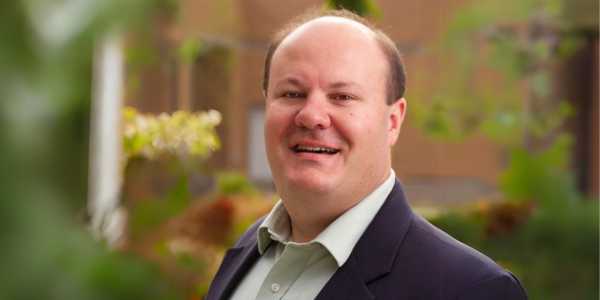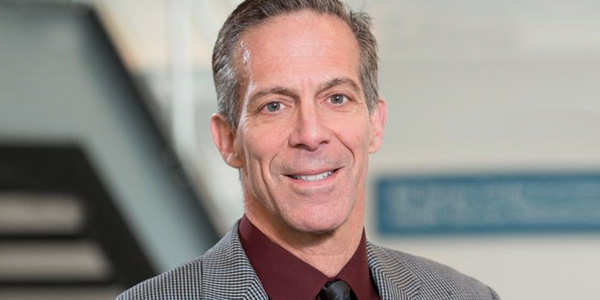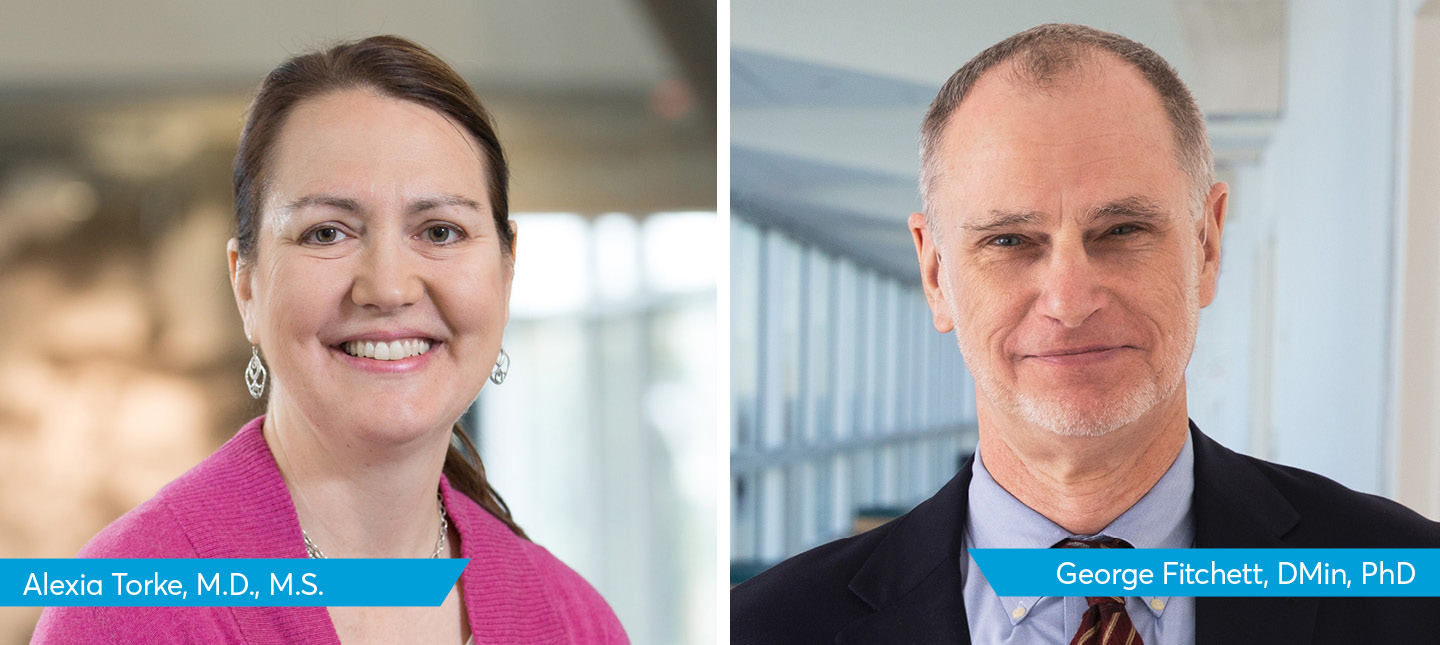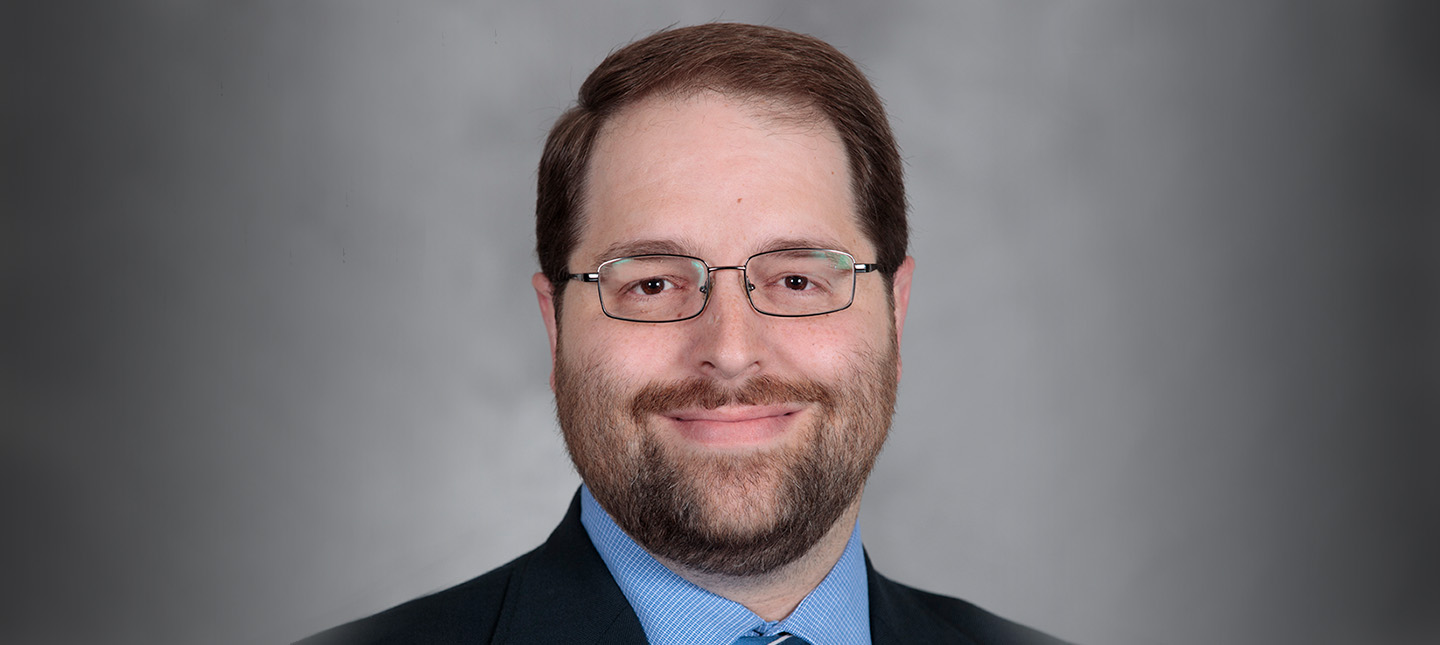INDIANAPOLIS – Online patient video journals or blogs–called vlogs–chronicling the good, the bad and the ugly of a specific medical condition can help both physicians and their patients, says Regenstrief Institute and Indiana University Center for Health Services and Outcomes Research investigator Joy L. Lee, PhD, corresponding author of “Seeing is Engaging: Vlogs as a Tool for Patient Engagement,” a commentary published online ahead of print in the peer-reviewed journal The Patient.
Accessible to viewers when and where they wish to watch, online videos are a popular platform for conveying knowledge and advice in numerous areas including current events, home improvement, cooking, travel and increasingly–through vlogs–health.
“It is not always easy for physicians to engage patients in their own care,” said Dr. Lee. “Vlogs may be uniquely suited to overcome barriers to patient engagement for individuals with chronic illnesses, especially those under 50 who increasingly reach out to the internet in so many aspects of their lives. Given the potential impact of online information, physicians and other clinicians should consider familiarizing themselves with key vloggers who can provide a window into a disease.”
According to a 2015 Nielsen study, YouTube reaches more 18- to 49-year-olds in America than any U.S. broadcast or cable network, with two-thirds of YouTube viewers using mobile devices. The Pew Center reports that three quarters of Americans who go online view videos.
The commentary authors, including online video journalists–vloggers–Mary Frey, BA, and Peter Frey, MTh, MDiv, note that, similarly to other sources of medical information, some vlogs are more reliable than others, and recommend that health care providers curate lists of vlogs to highlight those that could be valuable to patients and providers.
The Freys, a wife and husband, produce the popular The Frey Life that chronicles their experiences in managing Ms. Frey’s cystic fibrosis. Their daily posts, which first appeared in 2012, attract approximately 15,000 viewers. Frey Life posts have included “Cystic Fibrosis Airport Precautions,” “Unexpected Trip to Urgent Care” and “Why Can’t Mary Eat”. In some posts, Ms. Frey answers questions that viewers have submitted.
Vlogs like Frey Life provides a platform for patients with chronic illnesses and their families to connect with others in similar circumstances, notes the commentary. Vlogs can reach those who are too ill or isolated to participate in support groups. These videos enable and encourage patients to communicate and learn from each other.
CF is a chronic, often debilitating disease that requires complex daily care. Individuals with CF and other chronic diseases often have too little time or energy to interact with the health care system or with support groups. For these individuals, vlogs such as the Frey Life, can be an important resource. In the commentary, Ms. Frey notes that she views her blog as being supportive of others who are struggling with the disease. “We want to highlight the fact that [even though] a patient isn’t beating the odds and breaking statistics, they are still special and they are not a lesser patient.”
“YouTubers like the Freys are becoming influential figures in the lives of many Americans, “said Albert Wu, MD, MPH, of Johns Hopkins Bloomberg School of Public Health, senior author of the paper. “Physicians should acknowledge that often they [vloggers] do a better job of engaging some patients, especially younger ones, and should be willing to add vlogs to their therapeutic toolkit.”
“Physicians should consider vlogs as one more tool that they can provide their patients and help them navigate this important resource,” said Dr. Lee, who is a health services researcher focused on patient-physician communication. “And patients should consider vlogs as dynamic sources of information that can help them cope with their disease experience and ask better questions of their medical team.”
Ilene L. Hollin, PhD, MPH, of the National Pharmaceutical Council and the University of Southern California Schaeffer Center, is a co-author of the commentary.










